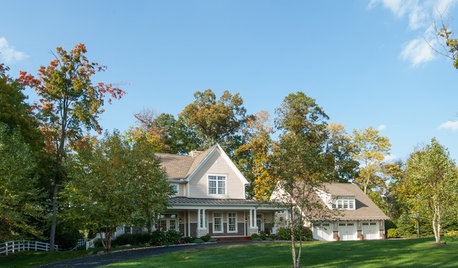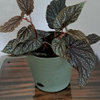Identifying by subtleties
fredg78756
13 years ago
Related Stories

HOUZZ TOURSMy Houzz: Comfortable Country Style in Cincinnati
Warm colors, extra rooms and plush furniture make a couple's farmhouse-style home worth sharing with guests
Full Story
ROOTS OF STYLEArt Deco, Art Nouveau, Arts and Crafts: What’s the Difference?
If the zigzag and swirly designs of the past leave your head spinning, these descriptions will straighten you right out
Full Story
WORKING WITH PROS10 Things Decorators Want You to Know About What They Do
They do more than pick pretty colors. Here's what decorators can do for you — and how you can help them
Full Story
COLORSpeed-Dial Color Selection to Get the Best Result
You’ve belabored your color decisions and are still stuck. Here is how to evaluate your space and make choices that are right for you
Full Story
FURNITUREDecorating 101: How to Shop for Furniture
Learn what furniture to get rid of, what to look for when buying, and how to avoid mistakes
Full Story
INSIDE HOUZZTell Us Your Houzz Success Story
Have you used the site to connect with professionals, browse photos and more to make your project run smoother? We want to hear your story
Full Story
KITCHEN DESIGNThe 20 Most Popular Kitchens on Houzz
See the cool features that made these kitchens stand out from all the rest
Full Story
DECORATING GUIDESHow to Get Authentic French Style in Your Home
Move over Shabby Chic and French Provincial. These myths and realities reveal the real look of French decor
Full Story
HOLIDAYSGet in the Mardi Gras Spirit With This New Orleans Neighborhood Tour
Wreaths, beads, masks and swaths of green, purple and gold add a festive Carnival splash to The Big Easy
Full StoryMore Discussions








hc mcdole
fredg78756Original Author
hc mcdole
fredg78756Original Author